Petrochemicals Plastic Packaging Hydrogen 02-09-2021 - Arhive
Petrochemicals Plastic Packaging Hydrogen
Crude Oil Prices Trend
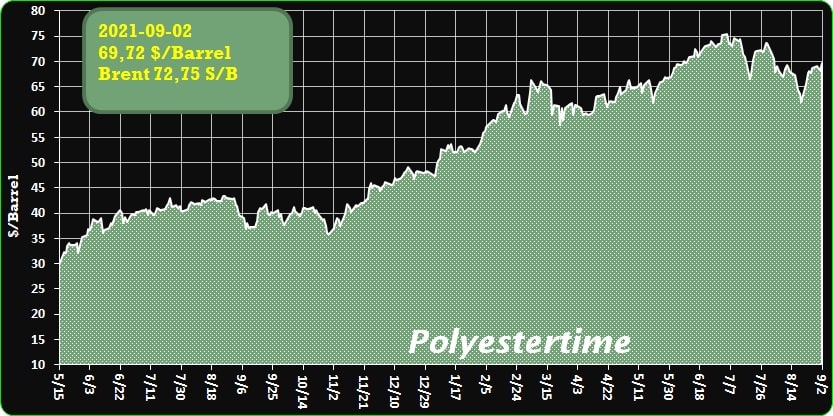
-Defining plastic – What is it and how should we change the way we conceive it?
To efficiently tackle the plastic crisis, it’s time to shed light on some of the problematic definitions and myths around it
As plastic production is estimated to triple by 2050, consumer awareness around plastic pollution has seen a positive rise in recent years. But what are we actually dealing with when we talk about plastic?
Plastic production is estimated to triple by 2050.
Defining plastic is complex but vital
You are at your favorite cosmetics store and the salesperson recommends a bio-based product that you absolutely love. You then meet your friend for brunch and the restaurant is proud to tell you that their straws won’t end up in the ocean as microplastic because they are biodegradable.
Bio-based and biodegradable are powerful but somewhat problematic marketing terms. In fact, they can even be misleading or outright inaccurate. That’s why it’s important that the customer understands what they are buying and the sellers know what they are selling.
At first, plastic seemed like a fantastic lightweight but durable packaging material. However, we soon came to realize its unintended environmental impact, and new alternatives started emerging. Consequently, there was a need to clearly differentiate the environmentally friendly and conventional options.
These days you have to follow both new innovations and legislation to truly understand the definitions for plastic. Let’s go through some of the basics.
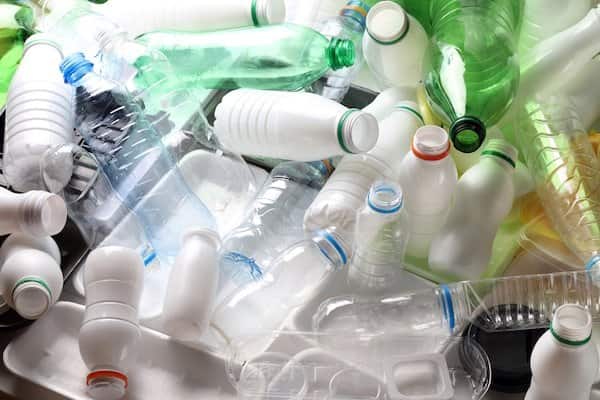
-LG Chem joins hands with Veolia R&E to apply recycled materials to produce transparent ABS
South Korea’s leading petrochemical company LG Chem Ltd. will use recycled material to produce transparent acrylonitrile butadiene styrene (ABS) polymer, a highly functional plastic, as it strives to expand its green portfolio.
LG Chem said on Monday that it signed a memorandum of understanding (MoU) with Veolia R&E, the country’s largest producer of recycled methyl methacrylate (MMA), for production of transparent ABS polymer, at its headquarters in Yeouido, Seoul.
Under strategic partnership for “stabilizing the supply of recycled MMA and upgrading its quality” with Veolia R&E, LG Chem has secured the opportunity to commercialize low-carbon transparent ABS based on chemically recycled MMA. The two companies will join efforts to enhance processing to improve recycled MMA quality and carry out joint research and development. Petrochemicals Plastic Packaging Hydrogen
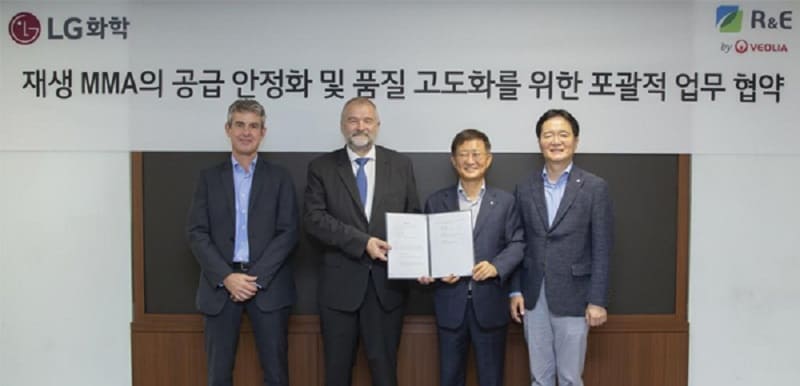
-Caprolactam supply still tight in Sep
CPL prices have been keep firm through Aug
At the beginning of this month, this website has stated in the insight “Caprolactam price underpinned by low operating rate in short” that the support from tight supply was quite obvious. Since the first week of August, CPL contract was nominated and kept unchanged at 14,700yuan/mt, and settled at 14,600yuan/mt, 6 months payment, ex-works. After that, the weekly guidance price rose to 14,900yuan/mt at the last trading day of the month. Petrochemicals Plastic Packaging Hydrogen
Looking back at the situation in the first half of Aug, it can be seen that both supply and demand have reduced. When upstream crude oil and benzene prices slumped, the price in nylon industrial chain followed down, but the decrease was very limited for CPL and downstream nylon. The factor that has hindered demand in Aug include seasonal effect and expected supply increase in late market.
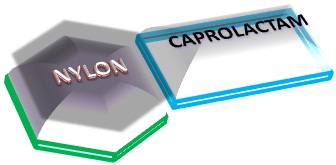
-Unique Manta processing ship collects, treats and repurposes floating plastic debris
The Manta processing ship is designed to collect, treat and repurpose large volumes of floating plastic debris.
The SeaCleaners develop a range of solutions to combat plastic pollution, one of which is the Manta, a first-of-a-kind processing ship designed to collect, treat and repurpose large volumes of floating plastic debris.
The Manta extracts both floating macro-waste and smaller debris from 10 millimetres upwards and up to one metre deep, from highly polluted waters, along coasts, in estuaries and in the mouths of large rivers. Depending on the density and closeness of the layers of waste, the Manta can collect between 1 to 3 tonnes of waste per hour, with the objective of collecting 5 to 10,000 tonnes per year. It can operate for up to 20 hours a day, 7 days a week. Petrochemicals Plastic Packaging Hydrogen
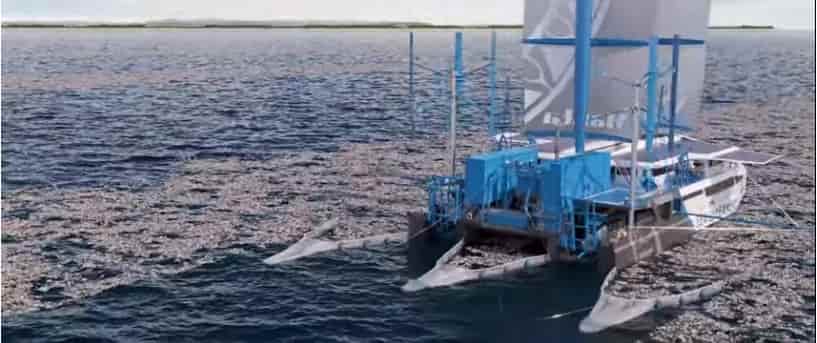
-China’s Sinopec sets out hydrogen, renewables plans
Chinese largest oil refiner state-controlled Sinopec has set out plans to invest in low-carbon businesses over the next five years, focusing on hydrogen.
Sinopec sees hydrogen as its top priority and the major growth driver in the renewables sector, together with wind and solar power installations integrated with its traditional carbon-intensive operations, company president Ma Yongsheng said today. Petrochemicals Plastic Packaging Hydrogen
The firm is also planning to expand its downstream petrochemical value chain to products used in the renewable energy sector, as well as biodegradable materials and high-value polyolefins, Ma said.
Sinopec has already set a goal to become the largest hydrogen producer in China, with initial planned investment of about 30bn yuan ($4.6bn) in the hydrogen sector in the coming five years. The investment will cover injection sites and purification, storage, transmissions and materials, Ma said.
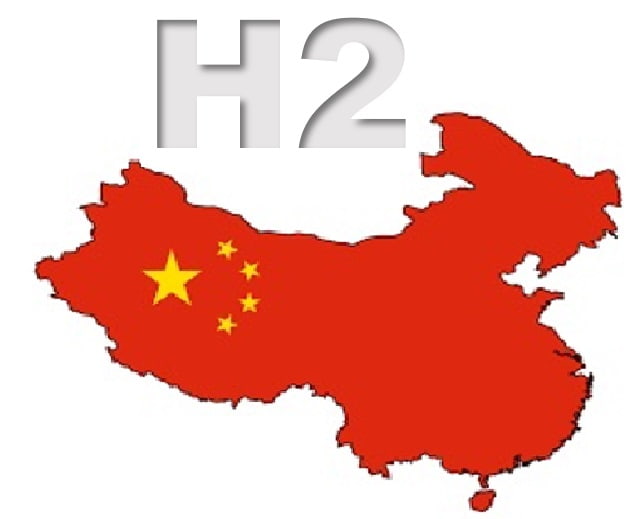
-Can VFY price increase sustain?
VFY market has witnessed big changes this year. The price rose by around 1,000yuan/mt in the first quarter when the market was driven by stronger textiles owing to bullish news of vaccines as well as the expectation of improving economy and better demand. However, the resurgence of the COVID-19 cases in major consumption markets abroad in the second quarter caused sharp decline of VFY price. VFY price kept falling, while pulp and chemicals were relatively stronger, so VFY companies were under the pressure of suffering losses. Petrochemicals Plastic Packaging Hydrogen
VFY companies started to raise offers since Jul. The operating rate dropped to around 70% as the production and transportation of Henan was affected by the heavy rain. Orders warmed up both at home and abroad and market expectation was triggered by rising prices of other textile raw materials, so VFY plants gradually raised offers by 1,000yuan/mt. Later, the offers were further adjusted up by 2,000yuan/mt since the producers were eager to get rid of the losses.

-DuPont’s 100% Biofeedstock Based Acetal Selected by Conveyor Component Manufacturer
Regina is first-to-market with conveyor chain and modular belts based on new Delrin acetal produced from 100% biofeedstock from waste.
The newest addition to the Delrin acetal portfolio fromDuPont Mobility & Materials (M&M), comprised of 100% bio-feedstock from waste and manufactured using 100% renewable energy, has been adopted by Regina, a pioneer of the conveyor industry and global provider of top-tier chains, belts and components for industrial and motorcycle applications. Delrin Renewable Attributed polyoxymethylene (POM) was the first acetal certified by the ISCC (International Sustainability & Carbon Certification), according to mass balance principles. Petrochemicals Plastic Packaging Hydrogen
Delrin Renewable Attributed has been shown to exhibit excellent mechanical properties and to enable the design of functional parts with an improved carbon footprint, and can be up to 100% recycled via regrind. It is globally on the market for applications in the automotive, industrial, consumer, and electronics industries.
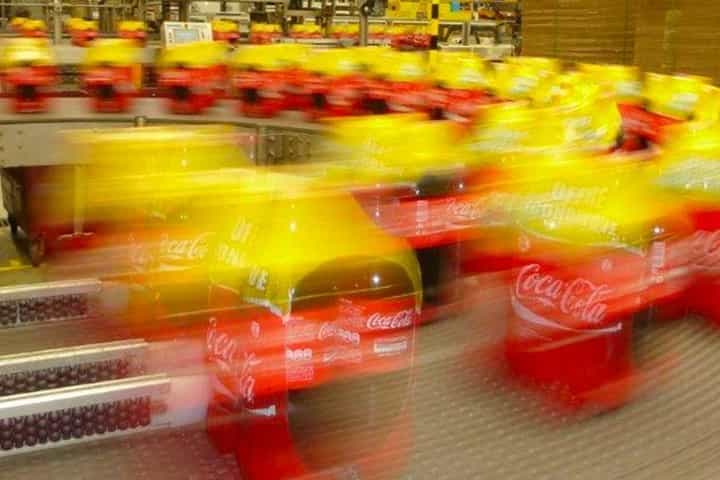
-IK sees potential for more recyclates in plastic packaging
Next to recyclability, a major issue in the discussion on sustainable plastic packaging is whether, and if so, how much recycled material can be used in packaging applications. Petrochemicals Plastic Packaging Hydrogen
Now, IK, the German association for plastics packaging and films has the results of a study it commissioned to find that out. Conducted by GVM, a market research institute in Germany specialised in packaging, the study concluded that use of recycled plastic in packaging could be increased from 475 to around 960 thousand tons per year, which corresponds to around 22 percent of the production volume.
Previously, Germany’s association for the plastics processing industry GKV had already committed to using 1 million tons of recycled plastic material by 2025.
The race to meet this target has already begun: between 2017 and 2019, demand for recyclates rose by over 18 percent, while at the same time the consumption of new plastic goods declined, according to IK.
”This decoupling shows the enormous interest of the packaging industry in the use of recyclates,” said IK managing director Dr. Isabell Schmidt.
That is not to say that recyclate should be used at any price. Currently, food packaging accounts for 44 percent of the packaging in the market; a sector that at the same time has stringent requirements in place regarding the raw materials that are permitted to be used. Right now, the volume of recycled material available on the market that is suitable for food-contact applications is limited.
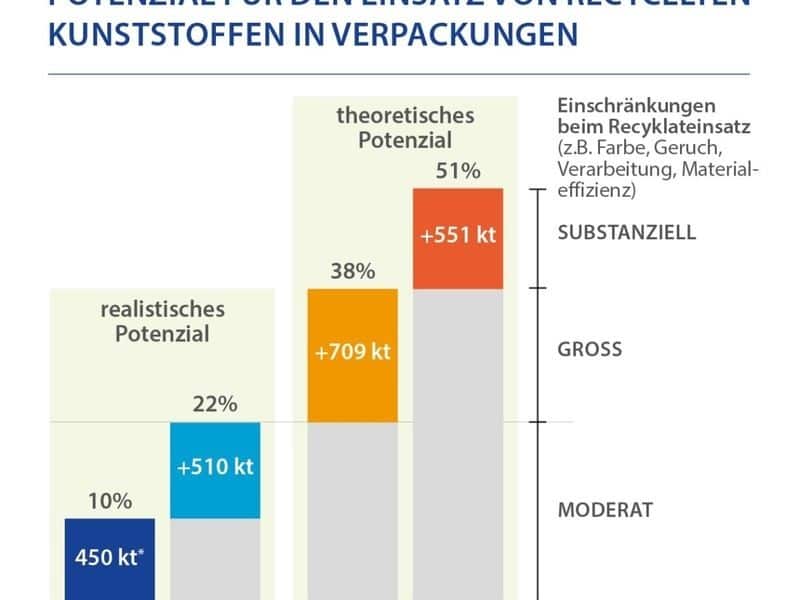
-Microban International reduces plastic packaging waste via built-in microbials
Reusing plastic food containers may be sustainable but not necessarily hygienic, as they may be contaminated by microorganisms.
Bacteria, mould and yeast are likely to grow on the surface of single-use plastic items. Petrochemicals Plastic Packaging Hydrogen
Microbial contamination often occurs in food packaging, as food residue sticking to the likes of plastic carrier bags or unfinished drinks in plastic bottles are a veritable hot spot for microbes. Most plastic materials are not intended for easy cleaning, with many containing phthalate plasticizers-these are a special brand of additive that render plastics more flexible. Said additives threaten to leach into food when it is microwaved, washed in the dishwasher or just left out in the sun for too long. They also contaminate soil, sea water, living organisms and even human breast milk.
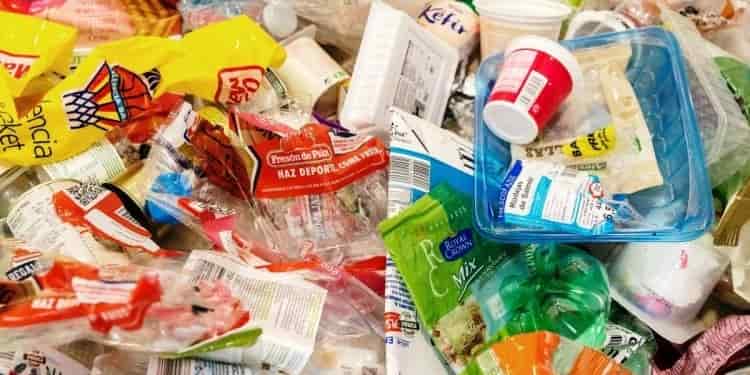
-EUROSTAT Statitics Explained – Municipal waste statistics
– 502 kg of municipal waste per capita were generated in the EU in 2019
-48 % of municipal waste in the EU was recycled (material recycling and composting) in 2019
This article shows trends in municipal waste generation and treatment in the European Union (EU) from 1995 to 2019. Petrochemicals Plastic Packaging Hydrogen
There is a very distinct trend towards less landfilling as countries move steadily towards alternative ways of treating waste.
Municipal waste accounts for only about 10 % of total waste generated when compared with the data reported according to the Waste Statistics Regulation (tab env_wasgen). However, it has a very high political profile because of its complex character, due to its composition, its distribution among many sources of waste, and its link to consumption patterns.
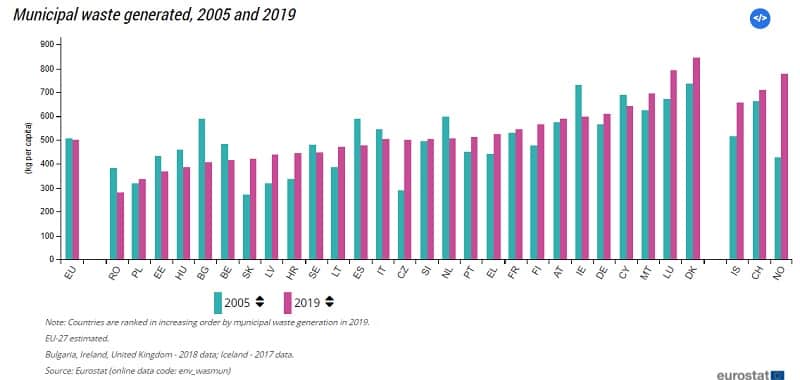
Petrochemicals Plastic Packaging Hydrogen
